A sustainable fabric requires minimal energy and resources to produce and has minimal impact on the environment, during its use and at the end of its life. Most synthetic fibres like polyester, nylon and rayon are made using energy intensive processes. These fabrics are also known to release harmful microplastics into the environment during use. But natural fibres, like cotton, are also energy intensive to produce and aren’t usually recycled at the end of their life. So which fabrics are the most eco-friendly option? In this article, we explore which fabrics are sustainable and which ones we might want to keep to a minimum.
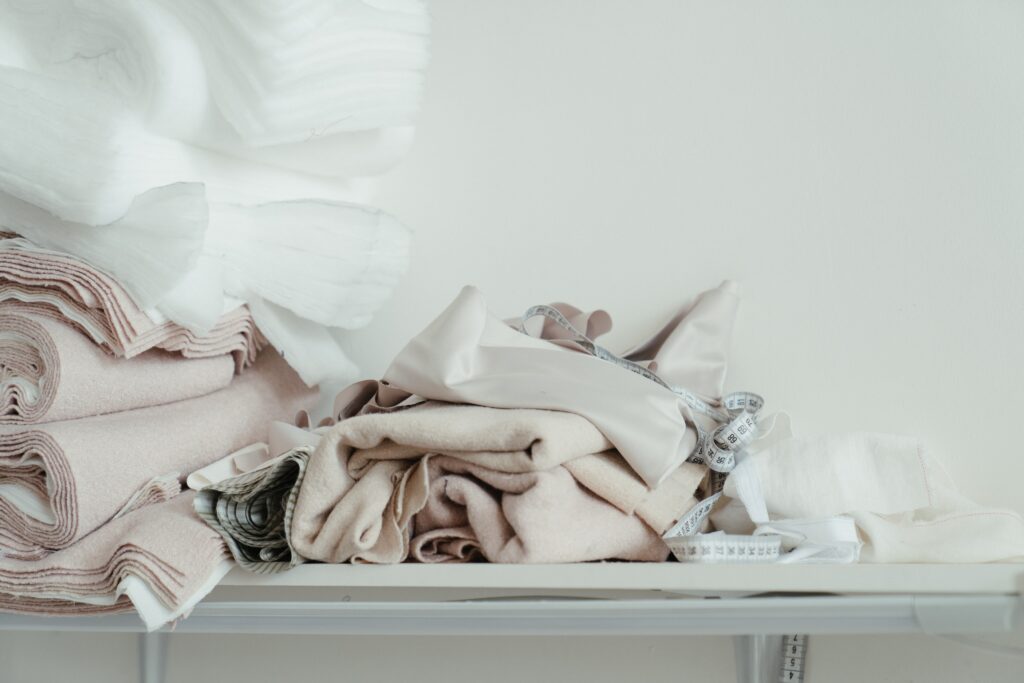
1. Recycled Cotton
Many negative environmental impacts from cotton production come from the beginning of the process. Due to high volumes of water and pesticide usage during production, cotton isn’t typically considered an eco-friendly option. But recycled cotton aims to eliminate the water and chemical intensive production process by reusing cotton. By keeping cotton from landfills and giving it a new life, recycled cotton can reduce many of the harmful impacts of textile production.
Sustainability Facts
- Water Use: 583 m3 per 1000kg
- Biodegradable: Yes
- Carbon Emissions: 4380 kg CO2 per 1000kg
Recycled cotton typically comes from pre-consumer cotton (textile waste) rather than post-consumer cotton (used clothing). Because cotton fibres lose some strength when reprocessed, recycled cotton is lower quality and usually blended with new cotton. So while it’s not completely carbon neutral, it’s more environmentally friendly than new cotton.
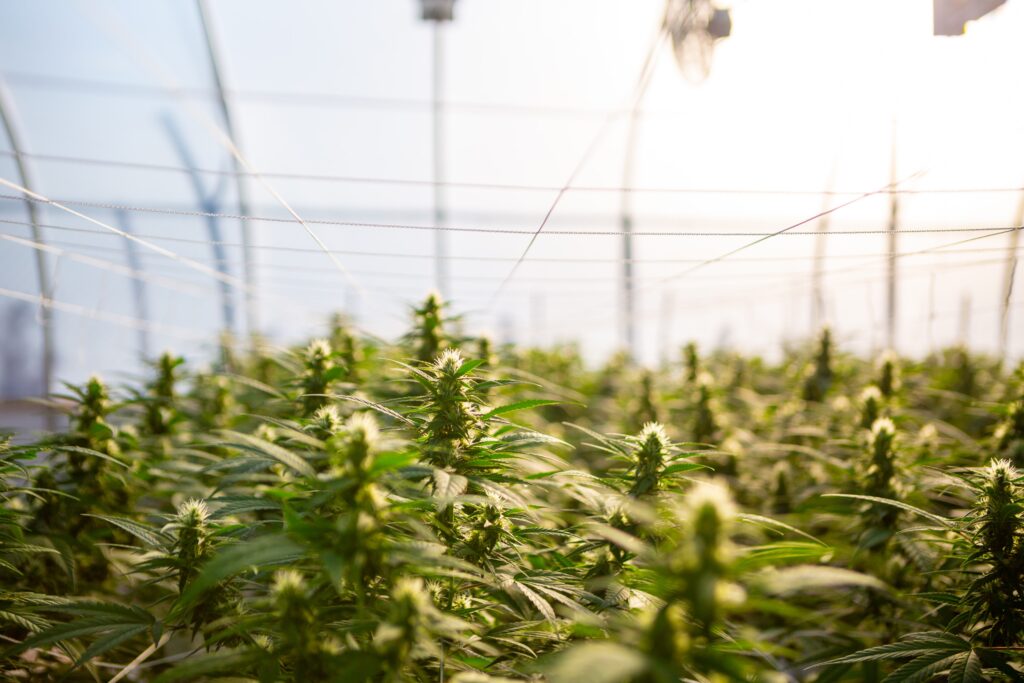
2. Organic Hemp
Hemp is one of the most sustainable crops and one of the first ones we thought of when exploring which fabrics are sustainable. To start, it require less water and emits fewer carbon emissions than cotton. Industrial hemp is native to central Asia, although the resilient crop can grow almost anywhere requiring no industrial pesticides or herbicides. This naturally eco-friendly plant grows extremely fast, typically faster than weeds, so pest control isn’t a huge issue with this crop.
Sustainability Facts
- Water Use: 343 m3 per 1000kg
- Biodegradable: Yes
- Carbon Emissions: 4 kg CO2 per 1000kg
Hemp was once a popular material for textiles, rope and paper due to its cost effective production and long-lasting qualities. It’s said that a hemp t-shirt can last two or three times longer than a cotton t-shirt while having the same breathability and softness. Unfortunately due to its association with cannabis, hemp production stopped entirely in the US and the UK after WWII. However, in recent years restrictions were lifted and hemp production increased globally. The global hemp industry is expected to reach 16.75 billion USD by 2030 as businesses and consumers look for more sustainable materials.
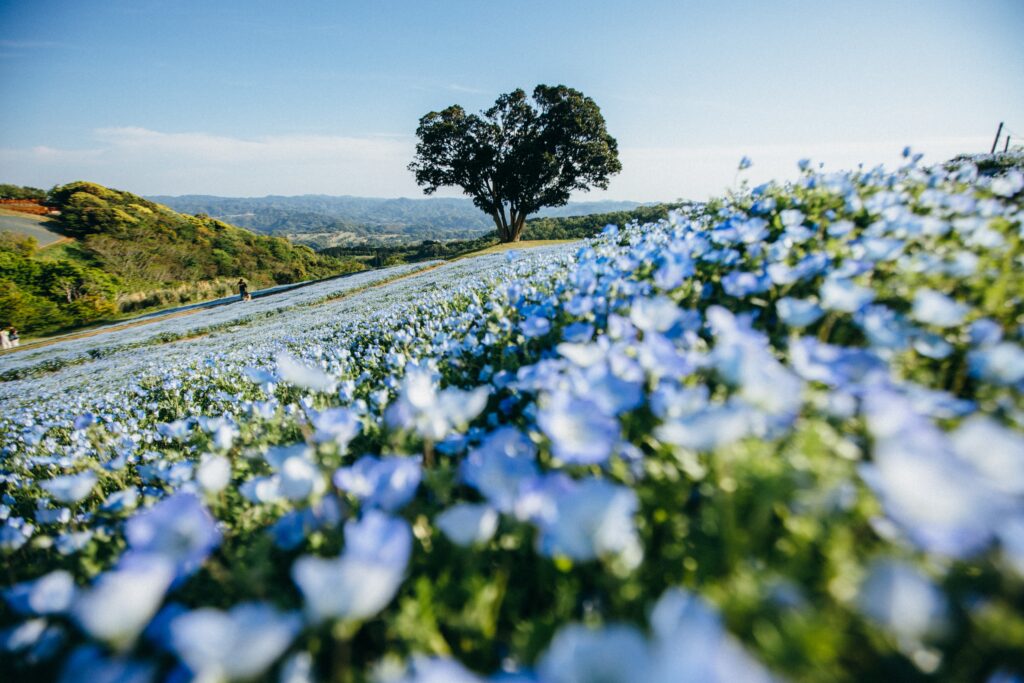
3. Organic Linen
Linen, particular organic linen, was another top of mind fabric when first thinking about which fabrics are sustainable. Made from flax, linen uses less water than cotton, doesn’t require pesticides and can be grown almost anywhere. In addition to creating linen, flax is a no-waste crop that creates linseed oil and flaxseed oil as by-products, making it even more sustainable. Linseed oil is used for wood treatments and varnishes and flaxseed oil is rich in α-linolenic acid (ALA, omega-3 fatty acid), lignans, and fibre.
Sustainability Facts
- Water Use: 213 m3 per 1000kg
- Biodegradable: Yes
- Carbon Emissions: 2250 kg CO2 per 1000kg
Linen is one of the oldest known fabrics dating back to 8,000 BC. And for good reason, linen is a durable, light and breathable fabric, able to keep you cool in heat and warm in cold weather. Similar to hemp, linen gets softer the more you wash it but retains its strength, making it the ideal fabric for long-lasting clothing or bedding. Organic linen doesn’t use any pesticides or harmful synthetic dyes in production. Organic linen is identified by a GOTS certification making it easier to find environmentally friendly linen.
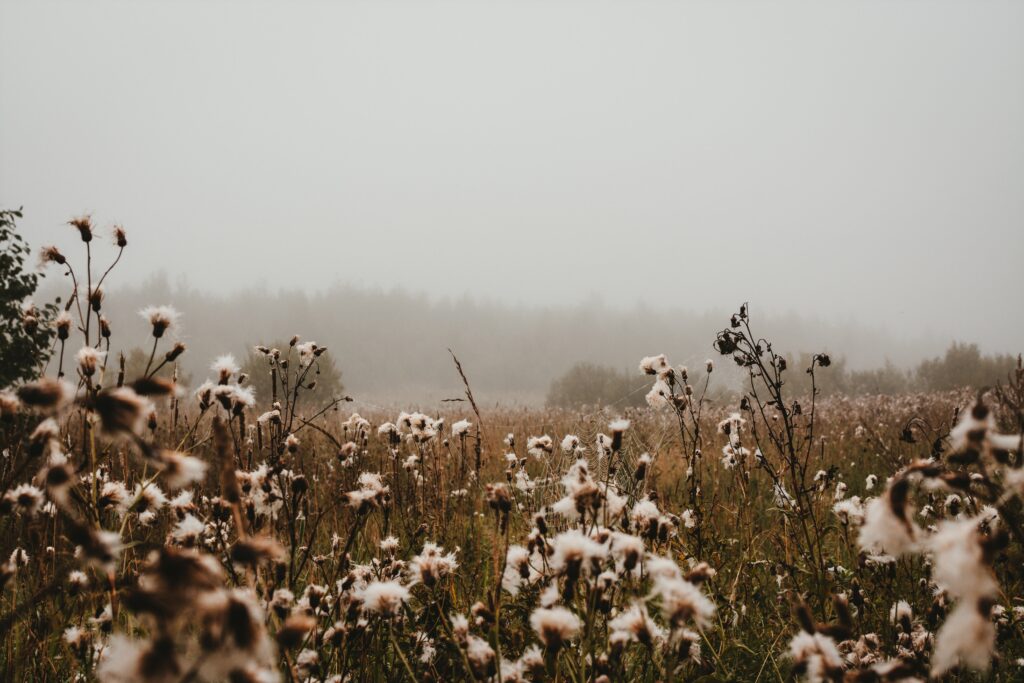
4. Organic Cotton
Cotton is made from the cotton plant, grown mostly in China, India and the United States and is one of the most widely used fabrics covering 50% of the market globally. Conventional cotton production is a water, energy and chemical intensive process, whereas organic cotton aims to reduce or eliminate these environmental impacts.
Sustainability Facts
- Water Use: 1500 m3 per 1000kg
- Biodegradable: Yes
- Carbon Emissions: 2.4 kg CO2 per 1000kg
Organic cotton is grown without the use of GMOs, pesticides, herbicides or fertiliser. Instead, organic cotton farmers use traditional farming methods like crop-rotation, animal manure and trap cropping. In addition, most farmers harvest organic cotton by hand rather than using machinery. These farming methods tend to have a lower yield, between 20-50% lower and reflected in its cost. In some cases there’s more than a 40% price difference in organic cotton and conventional cotton, making it cost prohibitive for some buyers.
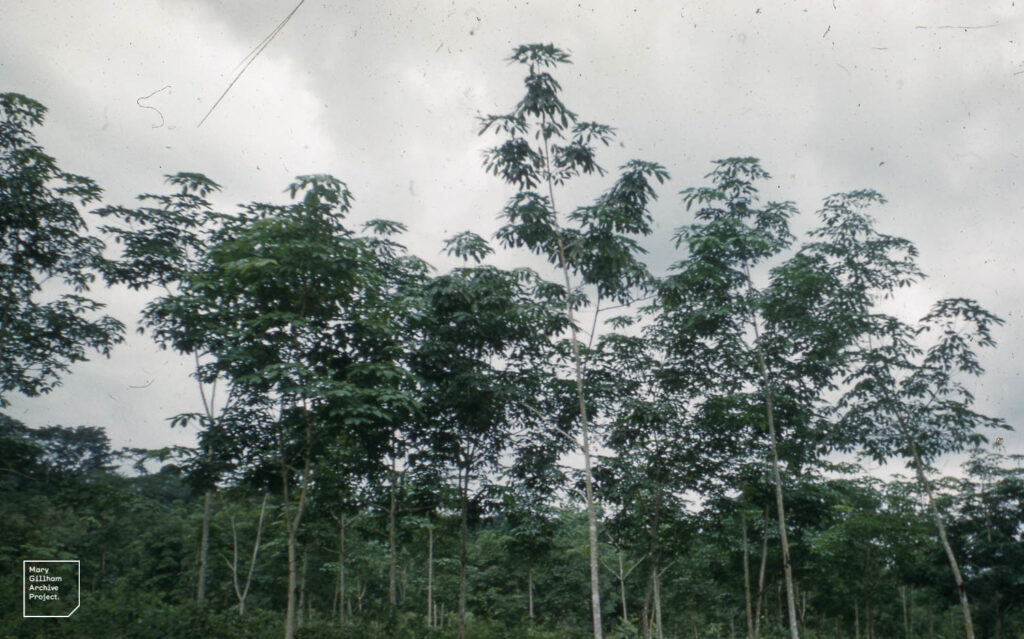
5. Natural Rubber
Finally, the last fabric on our exploration of which fabrics are sustainable is natural rubber. Although not exactly a fabric, you can make clothing items like boots from natural rubber. instead of synthetic rubber. Natural rubber comes from the milk of the Hevea tree, primarily grown in the Amazon region of South America, Asia and Western Africa. These trees grow quickly and can reach heights of 100 feet in the wild. The use of the sap, or “latex”, has ancient origins first discovered by the Olmec, Maya, and Aztec and used to make clothing waterproof, similar to how we use rubber for footwear today.
Sustainability Facts
- Water Use: 20,000 – 30,000 m3 per 1000kg
- Biodegradable: Yes
- Carbon Emissions: 540 kg CO2 per 1000kg
Rather than damaging the tree when removing the sap, this process can help the tree and protect it from pests when the sap drips. In addition, supporting sustainable rubber forestry helps promote more investment in this material. The Fair Rubber Association was set up in 2012 to help improve the working conditions of natural rubber farmers. When shopping for natural rubber, look for the Fair Rubber Association label to identify products that meet fair trade criteria.
Sustayn is designed to present the most useful recommendations for environmentally friendly approaches and items. We update links when possible, but note that links can be broken and are subject to change. This post contains information on water usage and carbon emissions, information is cited based on the end of production fabric where available, where information is not available, originating crop production information is cited instead.
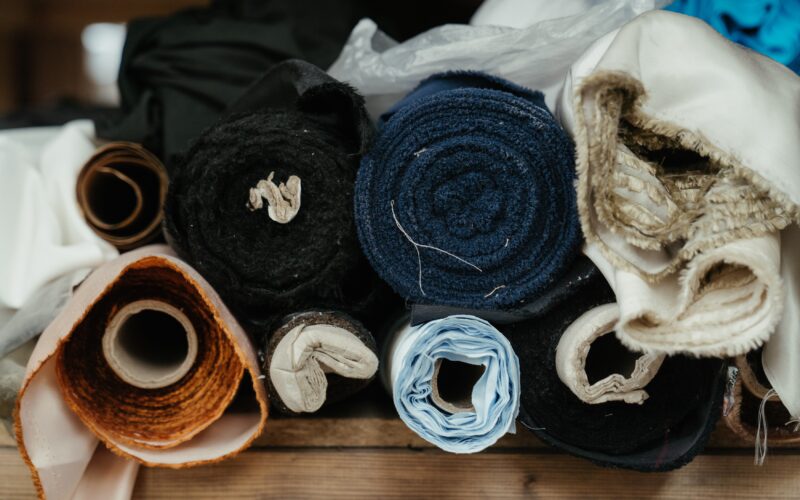
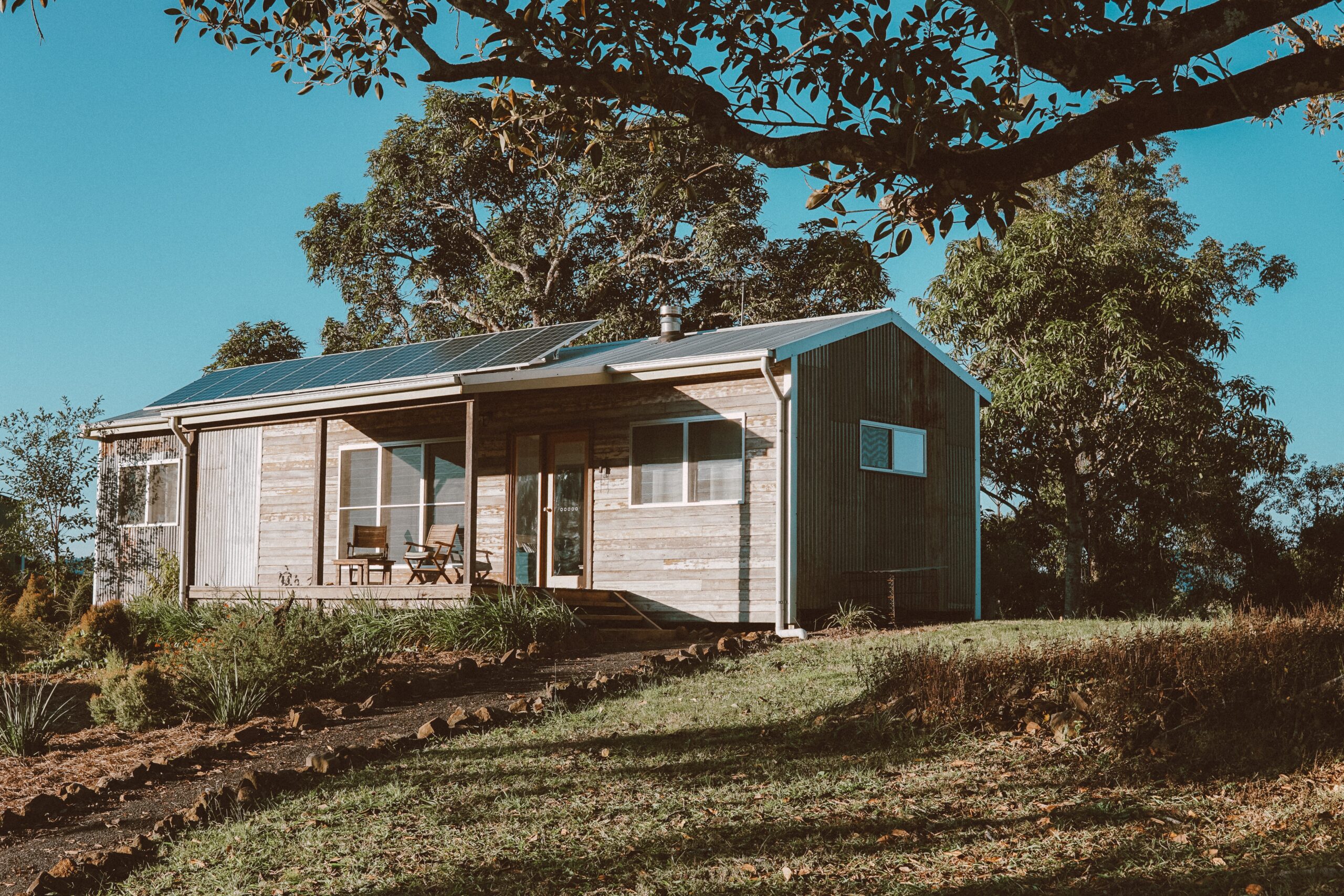


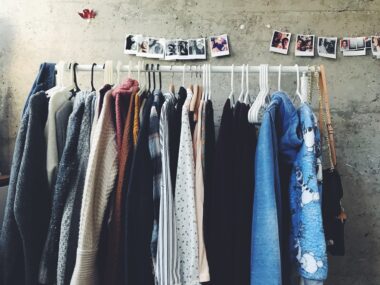
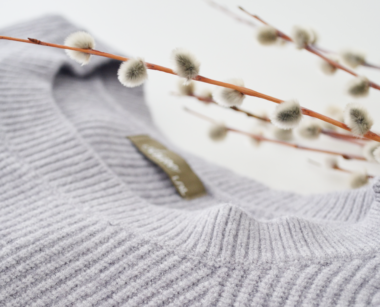


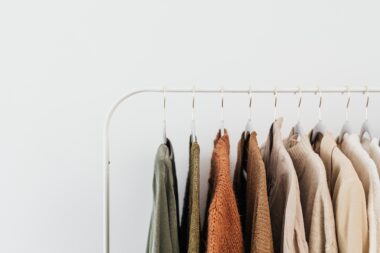
160 comments
Very informative article.Really looking forward to read more. Really Cool.
Howdy! I could have sworn I’ve been to this blog before but after reading through some of the post I realized it’s new to me. Anyways, I’m definitely glad I found it and I’ll be book-marking and checking back frequently!
Not many authors with proper knowledge of the topics they discuss.
dapoxetine tadalafil combination side effects
Im thankful for the blog article. Fantastic.
Really enjoyed this post.Thanks Again. Really Great.
Fantastic blog article.Really looking forward to read more. Much obliged.
Thanks for the blog.Much thanks again. Really Great.
Thanks a lot for the blog article. Awesome.
Thanks a lot for the post.Thanks Again.
Thanks a lot for the post.Thanks Again. Really Cool.
Really enjoyed this article.Much thanks again. Much obliged.
Muchos Gracias for your blog post.Thanks Again. Want more.
A motivating discussion is definitely worth comment. I do think that you need to publish more on this topic, it might not be a taboo matter but generally folks don’t talk about such issues. To the next! Cheers!!
Hello There. I found your blog the use of msn. This is a very smartly written article.I’ll be sure to bookmark it and return to learn extra of your usefulinformation. Thank you for the post. I’ll definitely comeback.
dfgThank you for sharing your info. I truly appreciate your efforts and I will be waiting for your next writeups thanks once again.
Thanks a lot for the article.Really looking forward to read more. Really Cool.
I entered according to the comments and came followers thank you ??Loading…
Outstanding post however I was wondering if you could write a litte more on this topic? I’d be very thankful if you could elaborate a little bit further. Cheers!
I enjoy what you guys are usually up too. This type of clever work and reporting!Keep up the terrific works guys I’ve incorporatedyou guys to my own blogroll.
Incredible points. Solid arguments. Keep up the great work.my blog :: Gaia’s Choice CBD Isolate
Hello friends, its wonderful paragraph concerning educationand completely explained,keep it up all the time.
These are really wonderful ideas in regarding blogging.You have touched some fastidious factors here.Any way keep up wrinting.
When I originally commented I clicked the «Notify me when new comments are added» checkboxand now each time a comment is added I get several e-mails with the same comment.Is there any way you can remove people from that service?Appreciate it!
Hello.This post was really motivating, especially because I was investigating for thoughts on this issue last Tuesday.
This can indicate that a watch has spent some or all of its life in the tropics and was not serviced as regularly as it should have been.
When someone writes an post he/she retains the plan of a user in his/her mind that how a user can be aware of it. Thus that’s why this paragraph is great. Thanks!
Hi my family member! I wish to say that this post is awesome, great written and comewith almost all important infos. I’d like to look extra posts like this .Look into my blog post – orange lake resort
I truly appreciate this blog. Really Great.
What’s up, after reading this remarkable post i am also delighted to share my experience here with friends.
pharmacy medications top erection pills – what causes ed
union place apartments apartments in rosenberg tx boulder canyon apartments
A motivating discussion is worth comment. I believe that you ought to publish more about this subject, itmay not be a taboo matter but generally folks don’t talk about these topics.To the next! All the best!!
I value the blog post.Thanks Again. Keep writing.
Very descriptive blog, I liked that a lot. Will there be apart 2?
Oh my goodness! an incredible article dude. Thanks Nevertheless I’m experiencing problem with ur rss . Don’t know why Unable to subscribe to it. Is there anyone getting similar rss drawback? Anybody who is aware of kindly respond. Thnkx
Heya i am for the first time here. I found this board and I in finding It truly useful & it helped me out much.I’m hoping to give one thing again and help others like you helped me.
I’m not that much of a internet reader to be honest but your sites really nice, keep it up! I’ll go ahead and bookmark your site to come back down the road. Many thanks
It’s laborious to search out knowledgeable individuals on this topic, however you sound like you recognize what you’re talking about! Thanks
wonderful points altogether, you just gained a brand new reader. What would you suggest in regards to your post that you made a few days ago? Any positive?
Its like you read my mind! You appear to know so much about this, like you wrote the book in it or something. I think that you can do with a few pics to drive the message home a bit, but instead of that, this is fantastic blog. A great read. I will definitely be back.
Its like you learn my thoughts! You seem to understand a lot about this, like you wrote the guide in it or something. I believe that you simply can do with some to force the message home a bit, but other than that, that is fantastic blog. A great read. I will definitely be back.
Hey very nice blog!! Man .. Excellent .. Amazing .. I’ll bookmark your site and take the feeds also…I am happy to find numerous useful information here in the post, we need work out more strategies in this regard, thanks for sharing. . . . . .
Would you be desirous about exchanging links?
Woah! I’m really digging the template/theme of this site. It’s simple, yet effective. A lot of times it’s hard to get that “perfect balance” between usability and appearance. I must say that you’ve done a very good job with this. In addition, the blog loads very quick for me on Firefox. Superb Blog!
Generally I don’t learn article on blogs, however I would like to say that this write-up very compelled me to take a look at and do it! Your writing taste has been surprised me. Thanks, quite nice article.
I’ve been absent for a while, but now I remember why I used to love this web site. Thanks , I will try and check back more often. How frequently you update your website?
You could definitely see your skills in the work you write. The world hopes for even more passionate writers like you who aren’t afraid to say how they believe. Always go after your heart.
Highly descriptive article, I enjoyed that a lot. Will there be a part 2?
When someone writes an article he/she maintains the ideaof a user in his/her brain that how a user can be aware of it.Thus that’s why this post is outstdanding. Thanks!0mniartist asmr
Thanks , I’ve recently been searching for info about this topic for ages and yours is the greatest I have discovered till now. But, what about the conclusion? Are you sure about the source?
Thanks for finally writing about > بالصور –عاصفة حوّلت حفل زفافهما إلى كابوس…إليكم ما حصل في اللحظة الأخيرة!
Thank you for your article. Really Cool.
Thanks-a-mundo for the blog post.Really looking forward to read more. Great.
Thanks so much for the blog article.Really thank you! Will read on…
I appreciate you sharing this post.Much thanks again. Really Cool.
It’s really a nice and helpful piece of info. I am satisfied that you simply shared this useful information with us. Please keep us up to date like this. Thanks for sharing.
Very good article.Really looking forward to read more. Fantastic.
Muchos Gracias for your article.Thanks Again. Much obliged.
This is a great tip particularly to those fresh to the blogosphere. Short but very precise information… Thanks for sharing this one. A must read post!
Wow, great blog.Much thanks again. Awesome.
Thanks so much for the blog article.Thanks Again. Really Great.
Thanks designed for sharing such a pleasant opinion, piece of writing is good, thats whyi have read it completely
Im thankful for the article post.Thanks Again. Fantastic.
I truly appreciate this article post.Really looking forward to read more. Really Great.
Really informative blog.Thanks Again. Will read on…
Thanks-a-mundo for the blog post.Much thanks again. Keep writing.
It¡¦s actually a cool and useful piece of information. I¡¦m glad that you shared this useful info with us. Please stay us up to date like this. Thanks for sharing.
store pharmacy phentermine from canadian pharmacy
Thanks so much for the article. Much obliged.
Im obliged for the article post.Really thank you! Will read on…
Im thankful for the blog article.Thanks Again. Awesome.
Hello, tend to be not you too great? Your current writing widens my information. Give thanks to you.
Thanks a lot for the post. Will read on…
I loved your article post.Really thank you! Awesome.
Really enjoyed this article post.Really thank you! Really Great.
Itís nearly impossible to find knowledgeable people about this topic, however, you sound like you know what youíre talking about! Thanks
A big thank you for your blog post.Really thank you! Keep writing.
side effects of prednisone what is prednisone prescribed for
But wanna say that this is very helpful, Thanks for taking your time to write this.
I really enjoy the blog.Thanks Again. Really Great.
ivermectin oral solution ivermectin – ivermectin 5
Hey there! Do you use Twitter? I’d like to follow you if that wouldbe okay. I’m undoubtedly enjoying your blog and look forward to newposts.
This post presents clear idea for the new users of blogging, that really how to do running a blog.
Thanks again for the article.Really thank you! Want more.
I do consider all the ideas you have introducedon your post. They’re very convincing and can definitely work.Still, the posts are very brief for newbies. Could you please prolong thema little from next time? Thank you for the post.
Thanks again for the blog.Really looking forward to read more. Really Cool.
That is a very good tip especially to those new to the blogosphere. Simple but very accurate information… Thank you for sharing this one. A must read post!
Usually I do not learn article on blogs, however I would like to say that this write-up very forced me to try and do it! Your writing taste has been surprised me. Thank you, very great post.
When someone writes an article he/she maintains the plan ofa user in his/her mind that how a user can be aware of it.Therefore that’s why this paragraph is great.Thanks!
I really like what you guys are usually up too. Such clever work and coverage! Keep up the excellent works guys I’ve added you guys to my own blogroll.
Awesome blog.Really thank you! Really Cool.
I loved your post.Really thank you! Much obliged.
Im grateful for the post.Really thank you! Much obliged.
Very good blog.Thanks Again. Will read on…
Hey, thanks for the post.Really looking forward to read more. Really Cool.
Looking forward to reading more. Great post. Really Cool.
Appreciate you sharing, great blog post.Much thanks again. Will read on…
סרטון ביתמ של זוג בו הבחורה רוכבת על הזין של החבר שלה ונהניתשירותי ליווי
Informative and precise Its hard to find informative and accurate info but here I noted
A round of applause for your article.Really looking forward to read more. Really Great.
Very informative blog article.Really looking forward to read more. Keep writing.
I truly appreciate this post.Thanks Again. Cool.
but might ask you to complete a the road, and not being able to find
Chanel handbags for fall/winter 2009/2010 collection brought out fashion around ’09 and 2010.
I really like and appreciate your blog article.Really looking forward to read more. Much obliged.
Integrity, a Las Vegas corporation that monitors betting behavior for NCAA conferences, universities,and experienced leagues and teams.
Thanks for the article post. Fantastic.
I read this paragraph fully regarding the comparison of hottestand preceding technologies, it’s remarkable article.Here is my blog post … ข่าวกีฬาไทย
I am now not certain where you are getting your info, but great topic. I must spend a while learning more or understanding more. Thanks for fantastic info I used to be looking for this info for my mission.
Hey there just wanted to give you a brief heads up and letyou know a few of the pictures aren’t loading correctly.I’m not sure why but I think its a linking issue. I’ve tried it in twodifferent internet browsers and both show the sameoutcome.
A round of applause for your blog.Really thank you! Awesome.
I truly appreciate this blog post.Really looking forward to read more. Awesome.
wow, awesome blog. Want more.
stromectol for sale purchasing ivermectin for humans
I am so grateful for your article post.Really thank you! Great.
Really informative post.Much thanks again.
I really like and appreciate your blog post. Really Great.
Very good blog article.Really thank you! Cool.
I’m really enjoying the design and layout of your blog.It’s a very easy on the eyes which makes it much moreenjoyable for me to come here and visit more often. Didyou hire out a designer to create your theme? Fantastic work!
Hey, thanks for the blog article.Really thank you! Want more.
Fantastic post. Cool.
Really appreciate you sharing this article.Really thank you! Fantastic.
Hi colleagues, how is the whole thing, and what you want to say about this paragraph, in my view its in fact awesome for me.
Enjoyed reading this, very good stuff, thankyou . “A man does not die of love or his liver or even of old age he dies of being a man.” by Percival Arland Ussher.
Looking forward to reading more. Great blog post.Really thank you! Really Great.
I am not positive the place you’re getting your info, but good topic. I needs to spend some time learning much more or understanding more. Thanks for wonderful info I was searching for this info for my mission.
i like this blog very much its a ratting nice situation to click hereカジノ
Thank you ever so for you article.Much thanks again. Really Great.
Thanks for sharing, this is a fantastic blog post.Thanks Again. Cool.
A fascinating discussion is definitely worth comment. I think that you ought to publish more on this subject matter, it may not be a taboo subject but usually folks don’t speak about these topics. To the next! Cheers!!
Really appreciate you sharing this blog. Cool.
Enjoyed every bit of your article post.Much thanks again. Great.
Heyy there! Do yyou know if they make any pluginsto help with SEO? I’m trying to get my blog to rank for some targeted keywords but I’m not seeing very good gains.If you know of any please share. Thank you!
impotence treatment natural ed remedies – ed treatment
synthroid rx – synthroid 37 5 mcg synthroid tablets 25 mcg
I value the post.Thanks Again. Keep writing.
Muchos Gracias for your blog post.Really looking forward to read more. Really Cool.
Major thankies for the blog article.Really looking forward to read more. Really Cool.
writing personal essaysargument essay writingwrite a personal essay
Very neat article.Really looking forward to read more. Great.
Very informative blog article. Will read on…
Thank you ever so for you blog.Thanks Again.
Thank you ever so for you blog article.Really looking forward to read more. Awesome.
Thanks so much for the article.Much thanks again. Awesome.
Major thanks for the article.Much thanks again. Much obliged.
I was recommended this blog by my cousin. I am notsure whether this post is written by him as no one else know such detailed about my trouble.You are amazing! Thanks!
This is one awesome article post.Thanks Again.
Really informative post.Really thank you! Awesome.
I will immediately snatch your rss as I can’t to find your e-mail subscription link or e-newsletter service. Do you’ve any? Please allow me understand so that I may just subscribe. Thanks.
wow, awesome article.Much thanks again. Want more.
Muchos Gracias for your blog article.Really thank you! Cool.
Im thankful for the article post.Really thank you! Much obliged.
I really like and appreciate your blog post.Much thanks again. Great.
Thanks a lot for the blog.Thanks Again. Keep writing.
I really liked your blog post.Thanks Again. Really Cool.
Really appreciate you sharing this article. Much obliged.
Thank you for your blog post.Really looking forward to read more. Fantastic.
Similarly, you can not bet on any college events taking spot inside the state.
Enjoyed every bit of your blog.Thanks Again. Awesome.